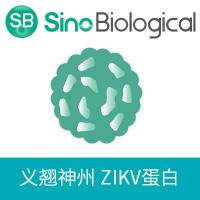Targeted homologous recombination (HR) is an essential tool in stem cell biology. It can be used to study gene function and is a highly developed technology in the mouse where precise genetic modifications are introduced into the genome via HR in mouse embryonic stem cells (mESCs). However, gene targeting has not been widely applied to the study of human pluripotent stem cells (hPSCs) due to its relatively low efficiency in human cell lines. To overcome this technical hurdle, we have developed and established a protocol that allows efficient gene targeting in hPSC lines. This chapter provides a detailed protocol for efficiently performing gene targeting in hPSCs by electroporation. The protocol describes methods for cell preparation, antibiotic selection, and excision of the selectable marker following gene targeting. While we can only target one allele at a time, HR covers a broad range of important applications including making knock-in reporter lines and knock-in lineage tracers, generating disease models that are caused by dominant mutants, repair of patient-derived induced PSCs that only involve a single allele mutation, and knocking out genes that are located on the X chromosome in male lines. When targeting to both alleles is needed, such as generation of a knockout cell line, the cells can be electroporated twice with targeting vectors designed to target each of the alleles. This protocol will find broad applications in generating lineage-specific reporter lines and point mutations in genetic repair in disease models using hPSCs.






